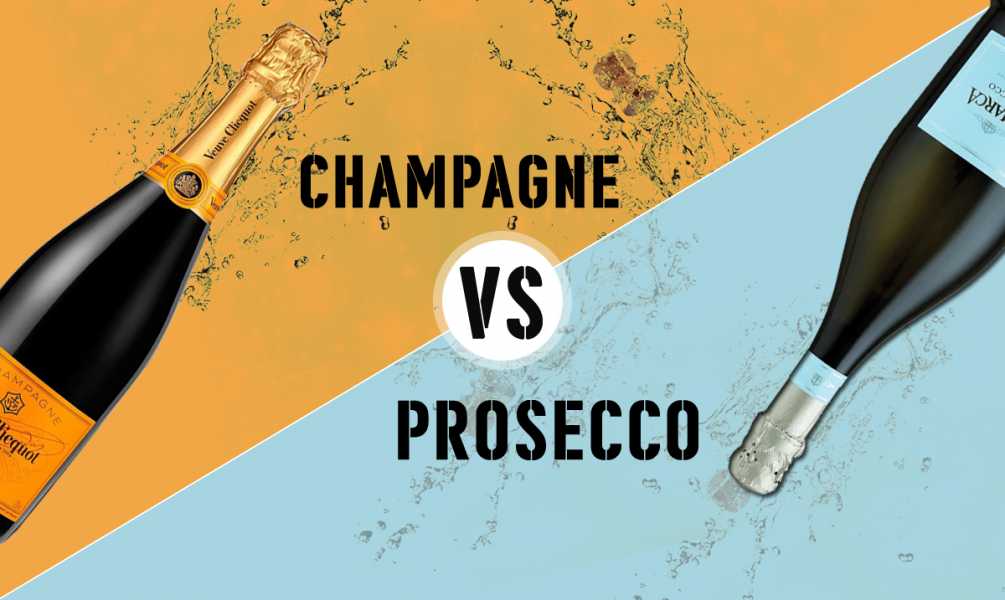
Sparkling wines add shine and lustre to every occasion and celebration. Amidst a plethora of sparkling wines, some stand out and are most talked about. Yes, I'm referring to Champagne and Prosecco! Two very distinct and different styles of sparkling wines, each enjoying its special place in the world of bubbly lovers.
Whatever sparkling wine bottles you choose to turn your mood vino, their labels will unveil their personalities to you. But what if one of the bottles says "Champagne" and the other doesn't?
Is Champagne the same thing as Prosecco?
Are Champagne and Prosecco different things?
If yes, how is Champagne different from Prosecco?
If you don't know the difference between Champagne and Prosecco, we're here to clear things up. So, come on in for this sparkling showdown: Champagne vs. Prosecco. Let us pour you some sparkling wine knowledge—with guaranteed swirls, a bouquet of clarity, and notes of confidence.
In Short, How Is Champagne Different From Prosecco?
You might be surprised to learn that Champagne and Prosecco both belong to the sparkling wine family, yet they come from very different backgrounds. Think of sparkling wine as the big family tree—Champagne and Prosecco are two distinct branches, each a unique type of sparkling wine with its own character and style. A common question people ask is: "Is Prosecco the same as Champagne?"
Is Prosecco Champagne?
No, Prosecco is not Champagne. People often get confused between Champagne and Prosecco because both are bubbly, festive, and come in elegant bottles. Hence, many ask, 'Is Prosecco a Champagne?' Both stand firm for their unique taste and flavors. Champagne is French and made with a complex, time-intensive process. On the other hand, Prosecco is Italian, made more quickly and affordably.
What is Champagne?
Champagne is a sparkling wine made only in France's Champagne region using the traditional méthode champenoise. It's crafted predominantly from grapes like Chardonnay, Pinot Noir, or Pinot Meunier. Champagne is known for its fine bubbles and crisp, refined taste.
For more details, read our blog: “What is Champagne?”
What is Prosecco?
Prosecco is an Italian sparkling wine from the Veneto region, made primarily with Glera grapes. It's produced using the tank method, giving it larger, softer bubbles and a fruitier, lighter flavor profile.
This article will walk you through the different grape varieties, production methods, and regions of origin for Champagne and Prosecco that set these two sparkling stars apart. You will stumble upon some of your all-time favourite food pairings with Champagne and Prosecco that never fail to please the revellers. Try them out at your next house party or a summer afternoon soiree you've been thinking about. After all, bubbly is synonymous with lazy afternoons and lush garden parties!
So, here are the notable differences between Champagne and Prosecco:
We will compare Champagne and Prosecco and draw differences between them based on their Origin, Grape Varietals, Production Method, Alcohol Content, Taste and Style, and Food Pairings.
1. Origins: France and Italy
Champagne hails exclusively from the Champagne region in northern France, while Prosecco originated in northeastern Italy, primarily the Veneto region. These geographic differences play a major role in wine classification and style. Let's take a peek into the regions these sparkling wines come from and how that makes them differ in character and flavours.
-
CLIMATE IN NORTHERN FRANCE -
The cool climate of northern France, especially in the Champagne region, plays a vital role in shaping the character and flavour profile of Champagne grapes. Lower temperatures mean grapes ripen slowly, preserving high acidity and delicate, citrusy aromas that are ideal for sparkling wine. Cooler temperatures also slow down sugar accumulation in grapes, which means acidity is desirably high. This acidity gives Champagne its signature crispness and aging potential. The lower sugar levels encouraged by the Champagne region's cool climate result in a drier, more refined style of wine.
-
CLIMATE IN NORTHEASTERN ITALY -
The Veneto region in northeastern Italy has a milder, warmer climate compared to Champagne, with plenty of sunshine and gentle, cool breezes flowing down from the Alps. This allows Glera, the grape used for the production of Prosecco, to ripen fully, developing bright, fruity flavours and blossom-like floral aromas. The moderate temperatures allow for the development of sugar while still maintaining a balanced acidity, giving Prosecco its fresh, easy-drinking character. This type of moderate climate supports higher yields, helping in more production volumes compared to Champagne. These factors make Prosecco widely accessible and versatile for everyday enjoyment.
2. GRAPE VARIETIES USED
Champagne is typically and traditionally made from three main grape varieties:
- Chardonnay (white grape) – Brings elegance, citrusy freshness, and aging potential due to its high acidity in the cool climate. It's known for adding finesse and floral notes, and is the leading player in Blanc de Blancs Champagnes (white sparkling wine from white grapes only).
- Pinot Noir (black grape) – Adds body, structure, and red fruit notes like cherry, raspberry, and red apples. It contributes flavour depth and complexity, especially in Blanc de Noirs styles (white sparkling wine from black grapes).
- Pinot Meunier (black grape) – Offers softness, fruitiness, and an early-drinking charm. It ripens more easily in cool climates and softens the blend with approachable, juicy flavours.
Did you know? A total of seven grape varieties are allowed in Champagne! While Chardonnay, Pinot Noir, and Meunier are the most common, other lesser-used but permitted grapes include Arbane, Petit Meslier, Pinot Blanc, and Pinot Gris. These are rare and primarily found in small-batch production or experimental cuvées, often contributing to a unique Champagne Type not typically found in mainstream blends.
Prosecco is made primarily from the Glera grape, a white grape native to the Veneto region:
- Glera – Known for its high-yielding nature and light, aromatic character, Glera produces wines with crisp green apple, pear, melon, and floral notes. It thrives in the region's gentle hills and mild, moderate climate, delivering the easy-drinking and refreshing profile that defines Prosecco.
3. PRODUCTION METHODS
Did you know - both Champagne and prosecco are produced by methods involving two fermentations? But both these methods are entirely different. Let's uncork some more fascinating facts about these sparkling wines!
Champagne is made using the Traditional Method, also known as Méthode Traditionnelle, as you'll often see on Champagne and other high-quality sparkling wine labels. What makes it special? The second fermentation, which creates and traps the soft, fine CO2 bubbles, happens in the very same bottle that ends up in your hands. Yes, the elegant, gold-hued bubbly you sip has aged and come to life right inside that glass bottle. Pretty impressive, right?
The Traditional Method, also known as Méthode Champenoise, is the hallmark of Champagne production and is known for creating wines with fine bubbles (mousse) and complex, toasty flavours. These signature notes of brioche, biscuit, cracker, and toast come from the extended time the wine spends resting on lees, the dead yeast cells, after the second fermentation is complete.
Prosecco takes a different route to sparkle, one that's all about freshness and fun. It's made using the Tank Method, also called the Charmat Method, where the bubbles form during a second fermentation in large stainless steel tanks, not in the bottle like Champagne. This method is faster and more gentle, which means the wine holds onto all those lovely, light, and fresh flavours of crisp pear, green apple, and delicate white flowers. It's a style that's meant to be enjoyed young, and it's precisely why Prosecco feels so easygoing, subtly sweet, refreshing, and perfect for casual celebrations.
How are these two methods different and what really goes on? Take a glance and speak like a pro when you pop open the next bubbly!
| Key Points | Champagne | Prosecco |
|---|---|---|
| Production Method | Traditional Method (Méthode Traditionnelle) | Tank Method (Charmat Method) |
| Second Fermentation | In the bottle | In a pressurised, temperature controlled stainless steel tank |
| Lees(dead yeast) Aging | Minimum 12 months (non-vintage), 36 months (vintage-grapes from a single year) | Minimal to none – wine is filtered before bottling |
| Key Characteristics | Fine bubbles, toasty, biscuity flavours from extended time on lees (also called autolysis) | Light, fresh, fruity, floral, with softer bubbles |
| Cost & Time | More expensive and time-consuming due to longer processes and aging in the bottle | Quicker, more efficient, and cost effective |
| Best Suited For | Complex, age-worthy sparkling wines | Fresh, approachable wines meant for early drinking |
4. ALCOHOL CONTENT (ABV)
Now that we’ve popped open how these sparkling stars are made, let’s talk about what’s inside the glass—specifically, the alcohol content.
Champagne typically has a higher ABV, usually ranging from 11% to 13%, with the average bottle containing around 12% ABV. A popular example, Moët & Chandon Brut Imperial clocks in at 12% ABV. This slightly higher alcohol content reflects not just the grape varieties used, but also the Traditional Method of production and the extended aging process, which help develop its fuller, more structured profile. You’ll often find that champagne alcohol content contributes to its richer mouthfeel and complexity.
Prosecco, on the other hand, usually ranges from 10% to 12% ABV, with popular examples like La Marca Prosecco sitting around 11%. Its lighter body and lower alcohol are influenced by factors like grape growing conditions and its quicker, gentler Charmat Method. In short, Champagne often brings more weight and sophistication in both flavor and strength, while Prosecco keeps things light, fruity, and refreshingly casual—ideal for easy-drinking moments or festive gatherings.
5. TASTE AND STYLE
Champagne has tiny, delicate bubbles that feel elegant and smooth, which is a big part of what champagne tastes like—refined and luxurious. All because of the time it spends aging on the lees (dead yeast cells). It develops rich, toasty notes, like brioche, nuts, or a hint of biscuit or crackers.
One of the biggest differences between Champagne and Prosecco is in the way they taste and feel in your mouth. Champagne has tiny, fine bubbles that feel elegant and smooth, all because of the time it spends aging on the lees (dead yeast cells). It develops rich, toasty notes, like brioche, nuts, or a hint of biscuits or crackers.
Prosecco, on the other hand, is all about freshness and fruit. The bubbles are usually a bit lighter and frothier, and the flavours are bright and cheerful. There are notes of pear, green apple, grapey hints, white flowers, and even a touch of melon. It's the kind of wine that feels refreshing and easy to sip, especially on a sunny afternoon.
6. FANTASTIC FOOD PAIRINGS
One of the best things about sparkling wine, besides the bubbles, is how well it pairs with food. Both Champagne and Prosecco have enough acidity and sparkle to cleanse your palate between bites of sumptuous food, but their flavours and textures make them stand out with different kinds of dishes.
Champagne Food Pairings:
Champagne is incredibly versatile and pairs beautifully with both elegant dishes and comfort food. Thanks to its bright acidity, subtle minerality, and complex, toasty notes, it goes so well with:
- Oysters and shellfish – The minerality in Champagne enhances the briny flavour of seafood.
- Soft cheeses like Brie or Camembert – The acidity cuts through the richness.
- Truffle fries, fried chicken, or even a plate of hot, crispy Indian fritters (yes, pakoras) – Really! The bubbles and sharp acidity contrast beautifully with salty, crispy, fried comfort foods.
- Sushi and sashimi – Champagne’s finesse complements delicate raw fish without overpowering its natural flavours.
Its structure also makes it great with celebratory meals—think roast chicken, creamy risottos, or even just a bag of potato chips for the Netflix and chill night!
Prosecco Food Pairings:
Prosecco, with its fruity, floral charm and lighter bubbles, is the perfect companion for casual meals and appetizers. It's especially great with:
- Prosciutto and melon – Sweet and salty meet crisp and bubbly.
- Spicy Asian dishes – The slight sweetness in some Proseccos helps counter the heat from Thai, Indian, or Sichuan cuisine and curry-based dishes.
- Fresh salads, light pastas, vegetarian or vegan dishes – It enhances rather than overwhelms the mild and natural flavours.
- Fruit-based desserts like peach tart, lemon sorbet, or a key lime pie –The floral notes in Glera grape make a lovely match.
Prosecco is also a go-to for brunches and aperitivo hours, whether served on its own or mixed into cocktails like a Bellini or the new summer favorite, Aperol Spritz.
7. SPECIAL - SPARKLING WINE AND HOLIDAY FOOD PAIRINGS AND GIFT IDEAS
I get excited about the holidays as early as June! And especially after talking so much about some delish food pairings, I can't help but think of holidays! Tables brimming with festive food, friends and family meeting, and creating the most beautiful memories.
Whether you're gifting to a wine lover, hosting a festive meal, or planning a cozy brunch, these Champagne and Prosecco pairings (and matching gift baskets) will make every occasion sparkle!
| Occasion | Champagne Pairing | Prosecco Pairing | Gift Idea |
|---|---|---|---|
| Christmas Dinner | Roast chicken or turkey, truffle risotto, creamy sides | Maple syrup glazed ham, baked brie with cranberry, veggie gratins or fritters | Holiday Feast Basket – includes Champagne, savory crackers, smoked cheese, French butter palmiers (this is a basket straight out of dreams) |
| Festive Brunch | Smoked salmon bagels, chicken and cheese quiche, eggs Benedict | Pancakes, fruit salad, lemon tarts or muffins | Brunch & Bubbles Box – features a champagne, gourmet filled cookies, biscuits, chocolates. Head out for a garden picnic with this! |
| New Year’s Eve | Oysters, lobster rolls, caviar canapés, parmesan crisps | Prosciutto-melon, Caprese skewers, cheese bites | Celebration Crate – Champagne, honey crunch biscuits, gourmet teas, specialty cheese! This basket screams celebration! |
| Holiday Appetizers | Deviled eggs, mushroom vol-au-vents, spinach turnovers | Bruschetta, olives, arancini balls | Sparkling Rosé – includes a soft pink hued luxury rosé champagne and gourmet chocolates. Perfect to please her! |
| Dessert Course | Lemon tart, almond cake, vanilla shortbread, cocoa drizzled fudge cups | Panettone, white chocolate mousse, fruit tarts | Sweet Sparkle Basket – Prosecco, dessert biscuits, luxe chocolates |
| Gifting Moments | Champagne with fine cheese & dark chocolate brittle | Prosecco with biscotti, Italian preserves, organic honey | Luxury Gifting Basket – luxury champagne and hand-curated gourmet pairings for those very special occasions. |
Tip for Hosts: Want a sure-shot crowd-pleaser? Serve Prosecco with canapés as your guests arrive and save Champagne for the big toast!
8. Additional Pressure Atmosphere
The exciting pop of a bottle isn't exclusive to Champagne, but not all bubbles are created equal. Champagne and prosecco both sparkle, but the way that sparkle forms—and the pressure it creates—is very different.
Champagne is made using the traditional method (Méthode Champenoise), which involves a second fermentation inside the bottle. This process builds 6 to 7 atmospheres of pressure, giving Champagne its signature fine, persistent bubbles and the iconic explosive cork pop.
Prosecco, on the other hand, is typically made using the Charmat method, where the second fermentation happens in large pressurized tanks instead of individual bottles. This results in lower pressure—about 2.5-5 atmospheres—and larger, softer bubbles. Prosecco still fizzes, but the cork doesn't pop with quite the same intensity.
So, while both wines sparkle, only champagne packs the kind of pressure that can launch a cork across the room (and make your guests jump).
9. Price
Whether you're saving or splurging, both Champagne and prosecco offer something worth toasting to. But when it comes to cost, Champagne typically sits on the higher end of the spectrum. A bottle of prosecco might set you back $10 to $50. In comparison, Champagne often starts around $30 and can climb into the hundreds—or even thousands—of-dollars.
Why the price difference? It comes down to the effort behind the bottle.
Champagne involves a more labor-intensive process (the traditional method), longer aging, and often stricter regulations. Terroir (soil, climate, region), blending, aging time, and presentation (yes, fancy labels and foil count!) all influence the final price.
Prosecco, made using the Charmat method, is usually faster and cheaper to produce, which keeps the price more accessible—without sacrificing that festive fizz.
So, whether you're reaching for a refined bottle of Champagne or a cheerful glass of prosecco, rest assured: both deliver bubbles worth your bucks.
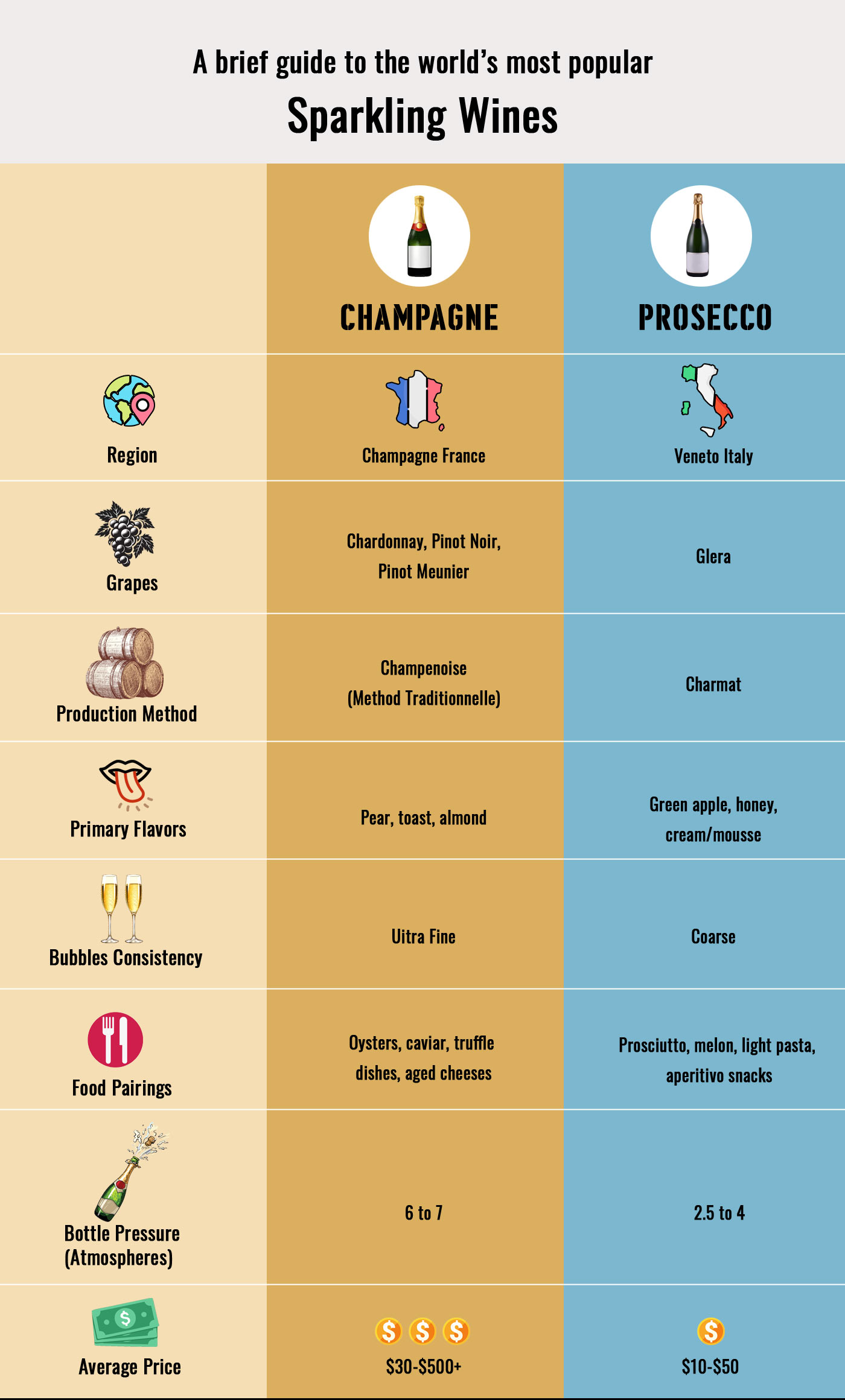
Champagne or Prosecco: Which One’s the Better Choice?
It's not about which one is better—it's about what you're in the mood for. Champagne brings elegance, complexity, and celebration in every sip. Prosecco is bright, playful, and ready to keep things light and fun. Whether you're toasting a significant moment or just making your everyday feel special, there's a bubbly for all of that. So go with what brings you joy and maybe, keep a bottle of each on hand, just in case!
Frequently Asked Questions (FAQs) About Prosecco and Champagne
-
Is Prosecco the same as Brut?
No. Brut is a dryness designation for sparkling wines, meaning it contains up to 12 g/L of sugar. Prosecco can be Brut, Extra Dry, or Dry. Brut is not exclusive to Prosecco—any sparkling wine with this sugar level can be called Brut.
-
Are mimosas better with Champagne or Prosecco?
Prosecco is commonly used for mimosas because it is light, fruity, and refreshing, making it ideal for brunch or large gatherings. Champagne works too and adds elegance and complexity, but it is typically more formal.
-
Can Prosecco be a substitute for Champagne in cocktails?
Yes. While Champagne and Prosecco have different flavor profiles, Prosecco works well as a lively, fruity alternative in cocktails like Bellinis, Aperol Spritz, or sparkling punches. It provides refreshing effervescence and is perfect for casual occasions.
-
Is Prosecco sweeter than Champagne?
Often, yes. Prosecco is frequently made in Extra Dry style (slightly sweet) or Dry style, whereas most Champagne is Brut, which is drier. Sugar content varies, but Champagne usually tastes crisper, while Prosecco feels fruitier and slightly sweeter.
-
How long can I store Prosecco or Champagne?
Storage depends on the type:
-
Prosecco: Unopened, 1–3 years; once opened, best consumed within 1–3 days.
Non-vintage Champagne: Unopened, 3–4 years; once opened, best consumed within 1–3 days.
Vintage Champagne: Can be stored 5–10+ years unopened, depending on quality and storage conditions.
-
-
Which is better for gifting, Champagne or Prosecco?
Both are great gifts! Champagne offers elegance and complexity for formal occasions, while Prosecco is light, fruity, and approachable, perfect for casual celebrations. The choice depends on the recipient’s taste and your budget—both bring sparkle and joy to any occasion.
-
Can Prosecco be aged like Champagne?
Generally no. Prosecco is designed to be enjoyed young to preserve its fruity and floral flavors. Champagne, particularly vintage Champagne, can be aged for years due to its higher acidity, complex structure, and extended lees aging, which develops richer flavors over time.
Buy the Best of Champagnes and Proseccos at Our Online Gifts Store.
Now that the differences between champagne and Prosecco have been clarified, it's time to pop open a bottle of your preference. Here at our online gifts shop, we provide a wide variety of champagnes, prosecco, red wines and white wines that are sure to add a touch of class to any event, whether it demands pours of mousse or luster of stills.
When you shop with us, we promise secure and speedy delivery of Champagne and Prosecco across the United States, whether the intended address is in Virginia, California, New York, or Florida.
Ready to sip or gift some sparkle? Check out our Wine & Champagne Gifts, delivered at doorstep and perfect for every kind of celebration.

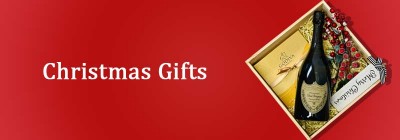
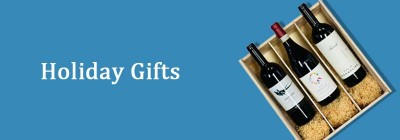





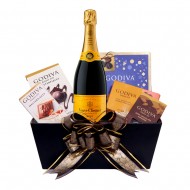

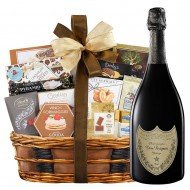
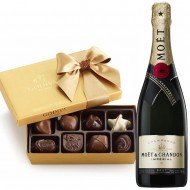
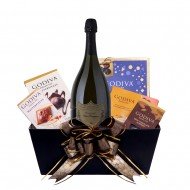






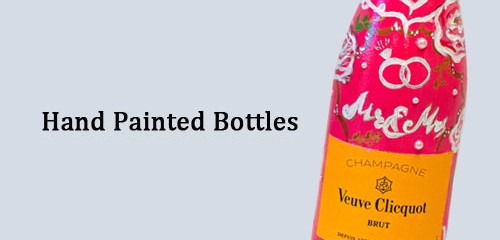
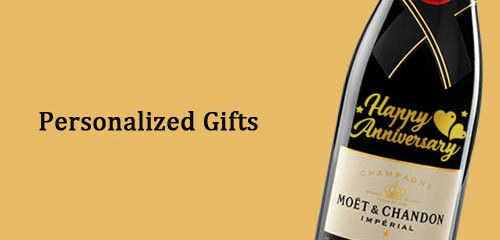
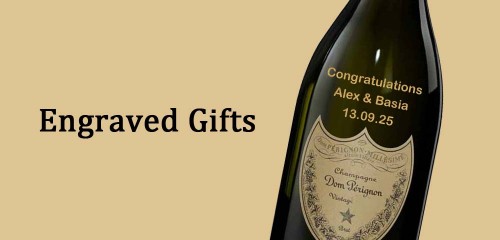

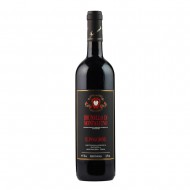
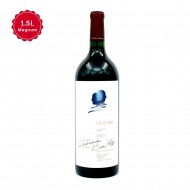
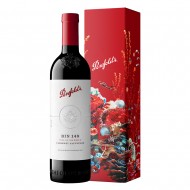
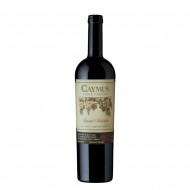
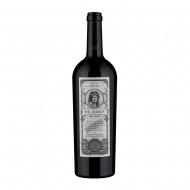
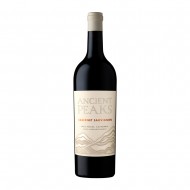
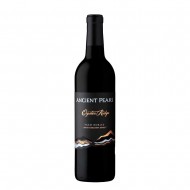
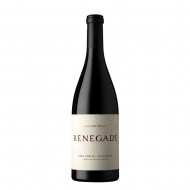
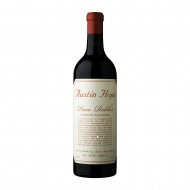

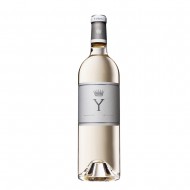
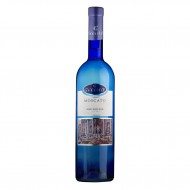

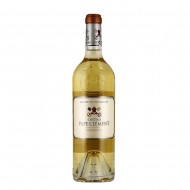
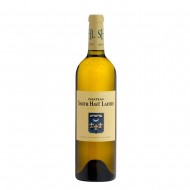
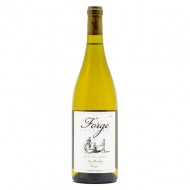
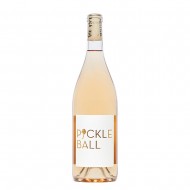
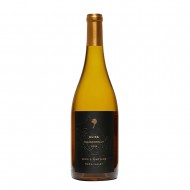
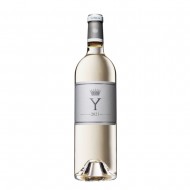
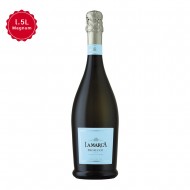
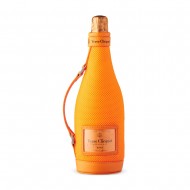
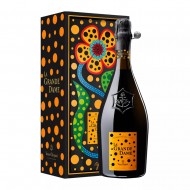
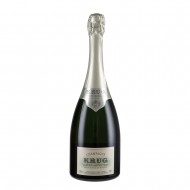
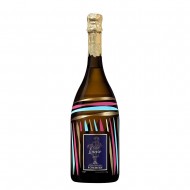
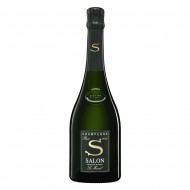

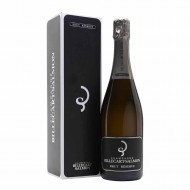
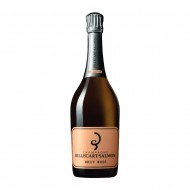
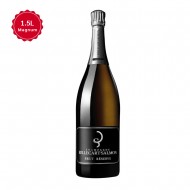
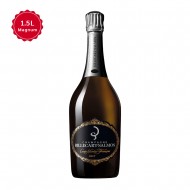
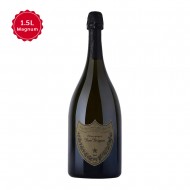
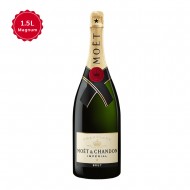
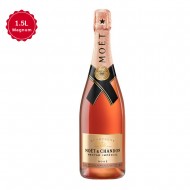
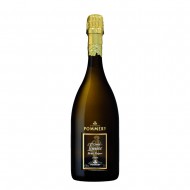
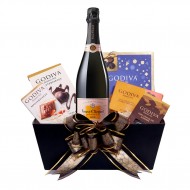
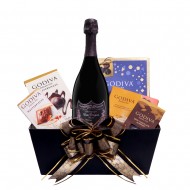
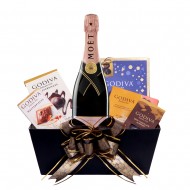

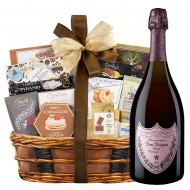
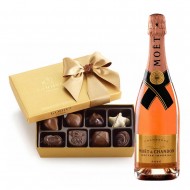
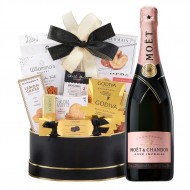
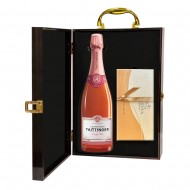

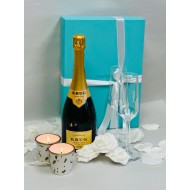
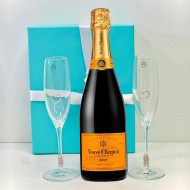
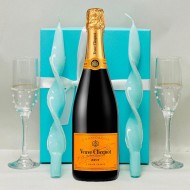
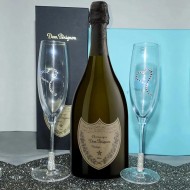
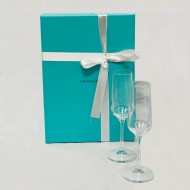
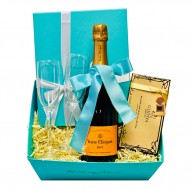
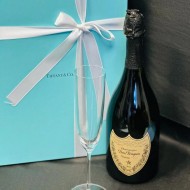
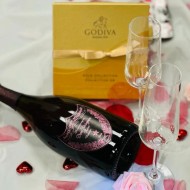

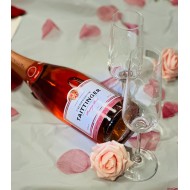
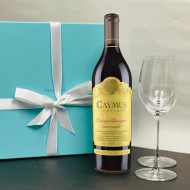
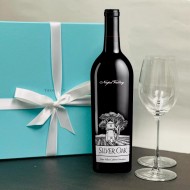
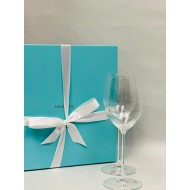
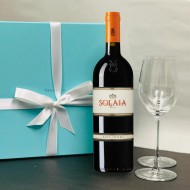
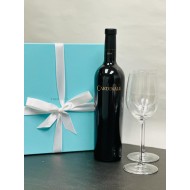
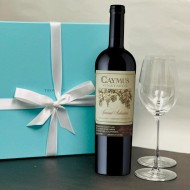
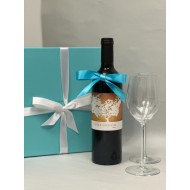
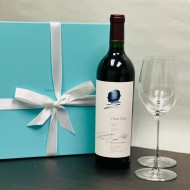

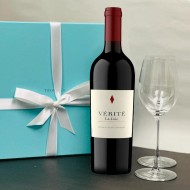
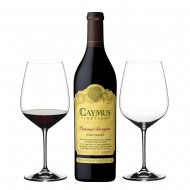
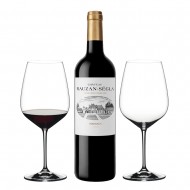
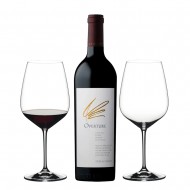
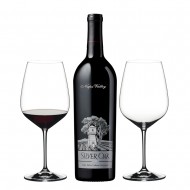



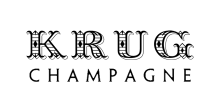



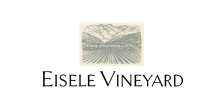

















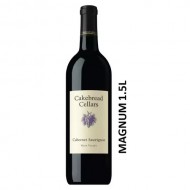
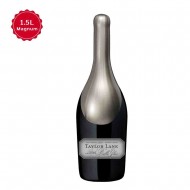
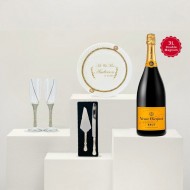
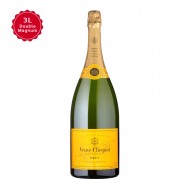
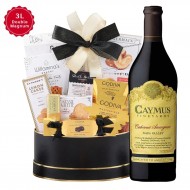
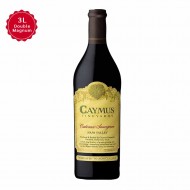
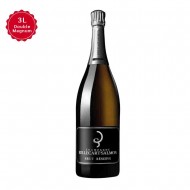
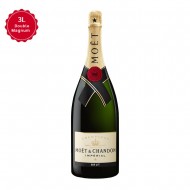

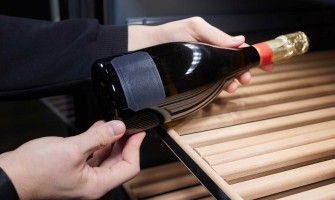
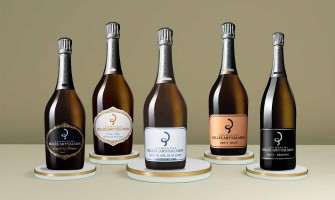
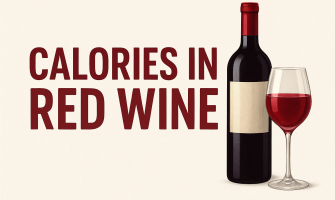


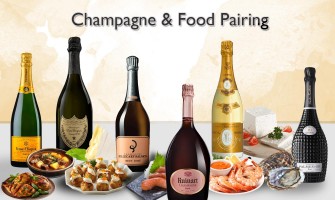

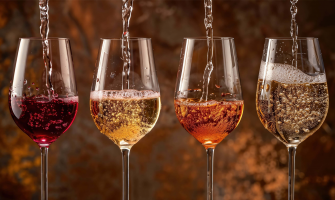
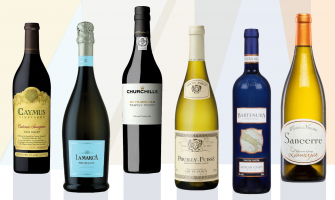



Leave a Comment